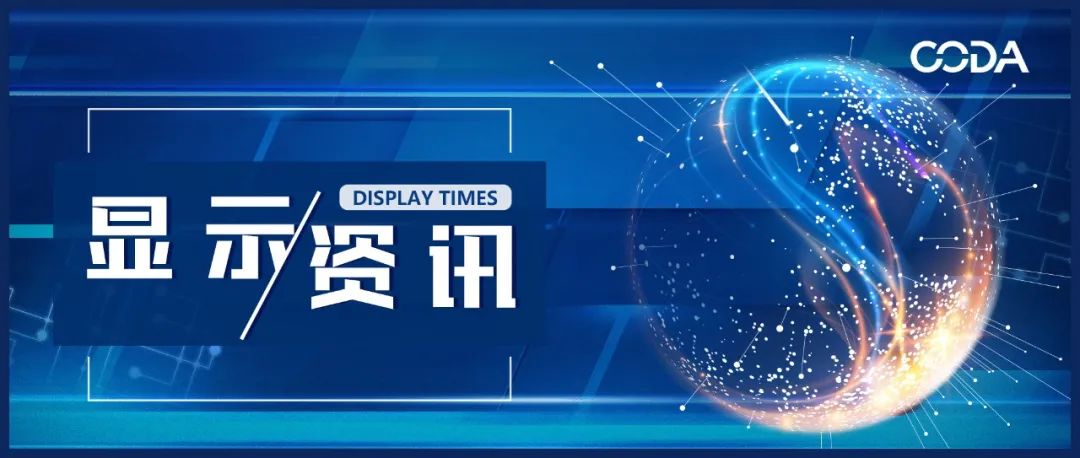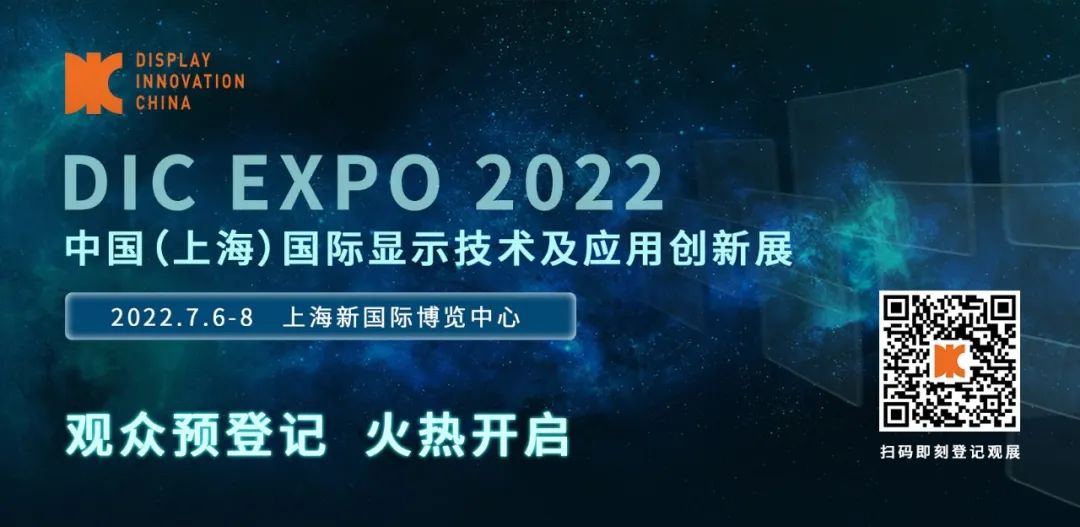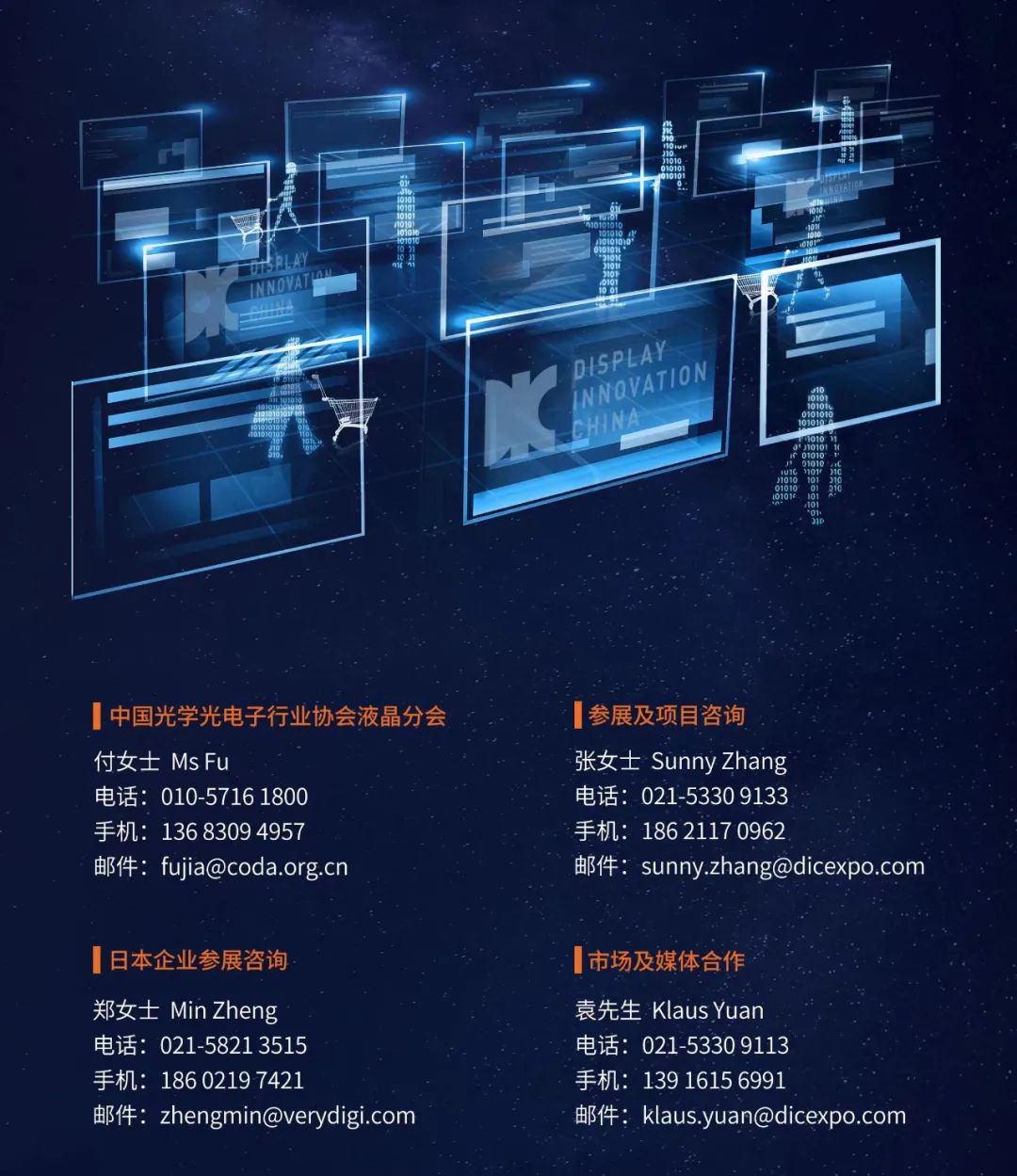

With the rapid advancement of modern smart terminal devices, screen touch technology has developed to a more complete stage. In recent years, China’s touch screen industry has developed rapidly, the industry scale continues to expand, and the transformation and upgrading of the industry is gradually accelerating. How to further develop in the screen field and rank among the world’s top is a matter of continuous concern for major panel manufacturers.
Touch technology can be mainly divided into three categories: In-Cell, On-Cell, and Out Cell (external). Although the traditional external type has developed relatively maturely, the external method increases the thickness of the whole machine and fails to meet the technical requirements for integrated touch display by customers. On-Cell integrates touch on the screen, with the touch layer generally located on the outer or inner surface of the upper substrate, usually requiring a separate touch IC, and the touch accuracy is not good.
As one of the fastest developing mainstream touch technologies in recent years, In-Cell technology embeds the touch panel function into the liquid crystal pixels, allowing the LCD screen to have the ability to perceive touch input like a traditional touch panel, providing the smoothest integrated touch experience.
First, In-Cell technology changes the manufacturing process of conventional screens by directly embedding touch sensors inside the display, reducing the number of touch screens and making the screen lighter and thinner. Secondly, traditional touch screens are difficult to see clearly under sunlight. In-Cell technology reduces one layer of the screen, thereby reducing the number of lamination processes, resulting in clearer and more transparent images than ordinary screens, better light transmittance, greatly improved picture quality, and increased readability. Moreover, by loading touch circuits onto the LCD screen, the LCD screen not only has the ability to perceive touch input like a traditional touch panel but also provides faster and more accurate touch feedback, responding instantly.
In-Cell HVA Touch is a new solution for HVA screen integrated touch. The touch sensor is fully embedded within the Cell, and the lightweight and simple module provides superior touch performance, achieving low power consumption and high reliability touch display through LTDI (Large Touch Display Integration) chip integration of display and touch.
TCL Huaxing pursues extreme technology, with disruptive product innovation as the ultimate goal. Therefore, TCL Huaxing has taken the lead in developing HVA In-Cell touch technology, highlighting its innovative strength with four major advantages.
Industry First
The HVA screen integrated touch demonstrates TCL Huaxing’s extraordinary technological strength.
Outstanding Performance
TCL Huaxing has achieved an upgrade of integrated touch technology, boasting a series of outstanding advantages such as low cost, high precision, high signal-to-noise ratio, and usability with wet hands.
Universal Architecture
TCL Huaxing’s HVA In-Cell touch technology does not require new processes and fully matches the existing architecture, allowing for wide application across various display platforms.
Wide Application Scenarios
This technology can be applied in different fields such as Notebook/MNT/TV/CID, perfectly aligning with the development trend of large-sized touch applications in the industry.
For many years, TCL Huaxing has remained true to its original intention, achieving several breakthroughs in various display fields and making significant progress. In the future, TCL Huaxing will join hands with industry partners to lead mainstream trends in future displays with exquisite picture quality, energy efficiency, fashion leadership, and extreme technology, building a beautiful visual world together.
(Source: TCL Huaxing)



Display Information DisplayTimes
